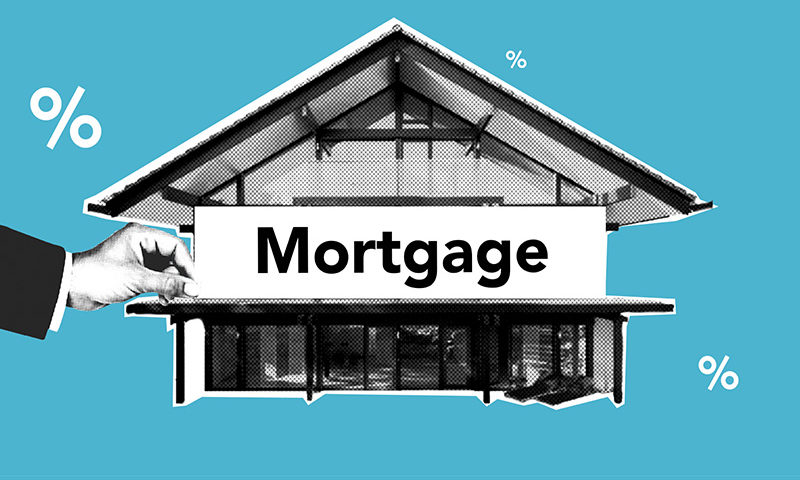Five takeaways:
- Opening with the phenomenon of marathon runners who finish races on broken legs (which turns out to be more common than you might think), this article is about knowing when to quit!
- Duke argues that there is a downside to grit. While it can get you to stick to hard and worthwhile pursuits, it can also push you into harmful wastes of time.
- One force that keeps us holding on to harmful things for too long is the famous “sunk cost fallacy” – the cognitive error in which people think that the time, money, and effort they’ve invested on a pursuit means they should continue at it.
- People often fall victim to “status quo bias” – when considering making a change, a person is likely to stick with the current situation, because the new option represents an unknown. “We prefer the devil we know,” as the old adage goes.
- We fear that when we quit we are admitting failure. But we need to start looking at the waste of time and resources as a forward-looking problem, not a backward-looking one.
From Annie Duke at The Atlantic:
Read the whole story.
Note: At the time of this posting The Atlantic offers five free article views per month.
This site may contain links to articles or other information that may be contained on a third-party website. Advisory Services Network, LLC and MAP Strategic Wealth Advisors are not responsible for and do not control, adopt, or endorse any content contained on any third party website. The information and material contained in linked articles is of a general nature and is intended for educational purposes only. Links to articles do not constitute a recommendation or a solicitation or offer of the purchase or sale of securities.




